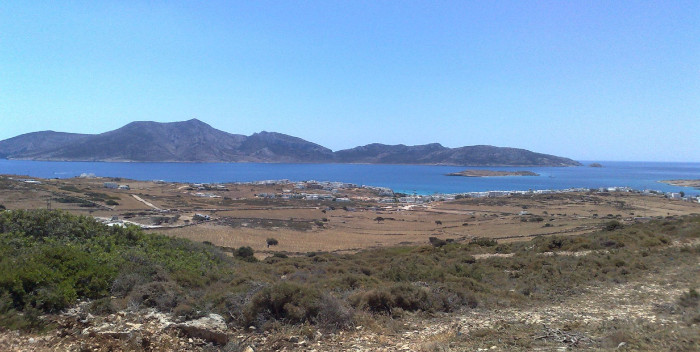During the Proto-Cycladic period (3rd millennium BC) it seems that Keros developed into one of the most important centers of the Cycladic culture. Together with the settlement and cemetery of Chalandriani of Syros it played a decisive role in the development of the mature phase of the Cycladic civilization, between 2800 - 2300 BC.
The famous Cycladic figurines "Arpistis", "Avlites", "Propina" and the variety of marble and clay vessels and objects that come from places on the island (Kavos Daskaliou, Konakia) bear witness to the central and decisive position of Keros in the prevalence and spread of characteristics of the Cycladic culture.
The exact role of Keros in that period is currently difficult for archaeologists to interpret, since no traces of habitation or burials have been found, and the only conclusion that can be drawn from the findings is that it was probably a place for rituals or holy mosque, analogous to Delos.
We do not know much about the following periods of ancient times, except that after the Persian wars the island joined the Athenian Alliance, under the name Keria. During the Middle Ages, Keros, like the whole complex of the Small Eastern Cyclades, was used as a base and hideout for pirates, who plied the Aegean, with the result that the economy and the lives of its inhabitants were determined by the developments of piracy. In recent years it was the property of the monastery of Panagia Chozoviotissa of Amorgos. In 1952 it came to the Agricultural Service, which granted it to shepherds.
Editor: Fotini Anastasopoulou
